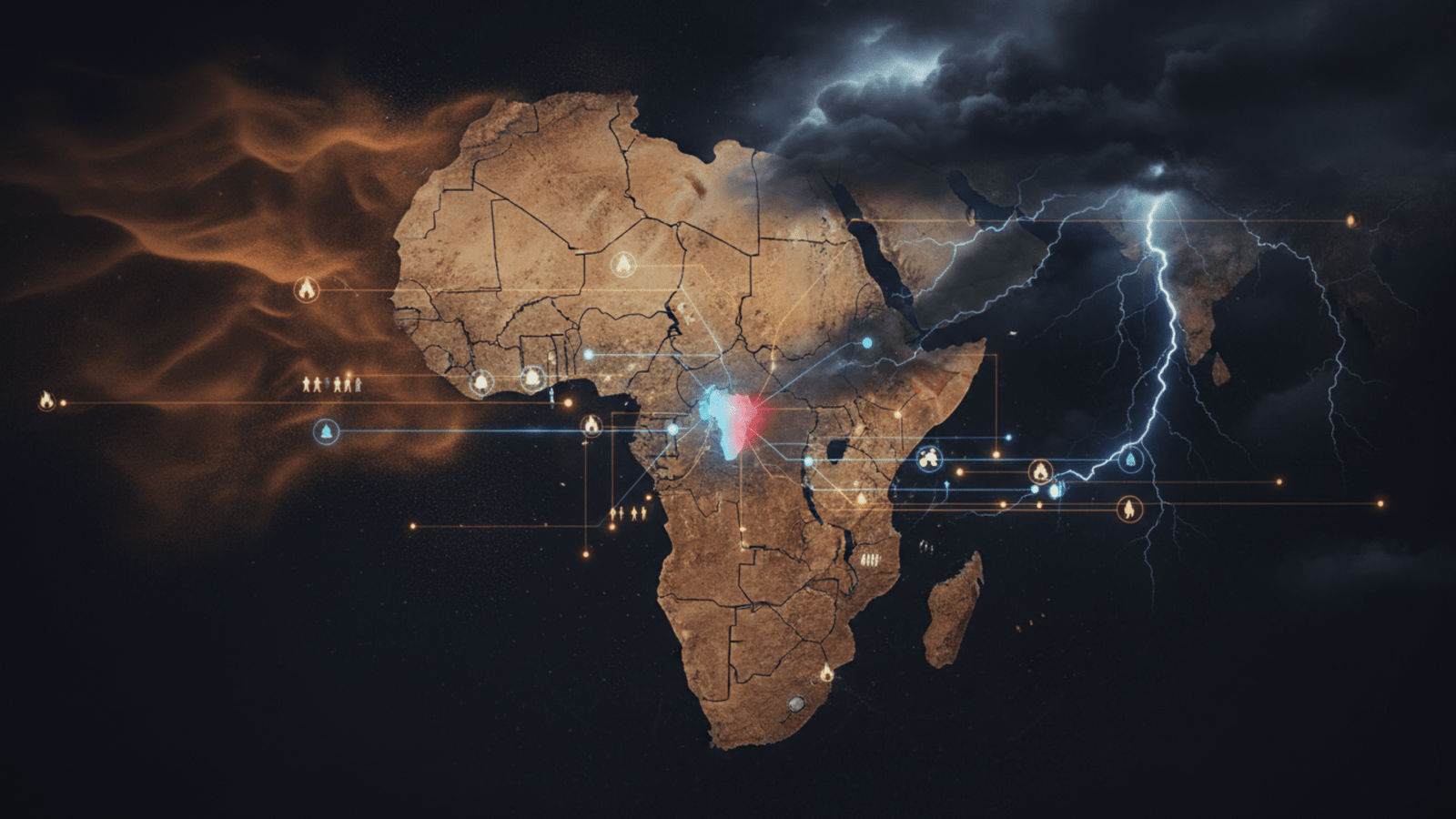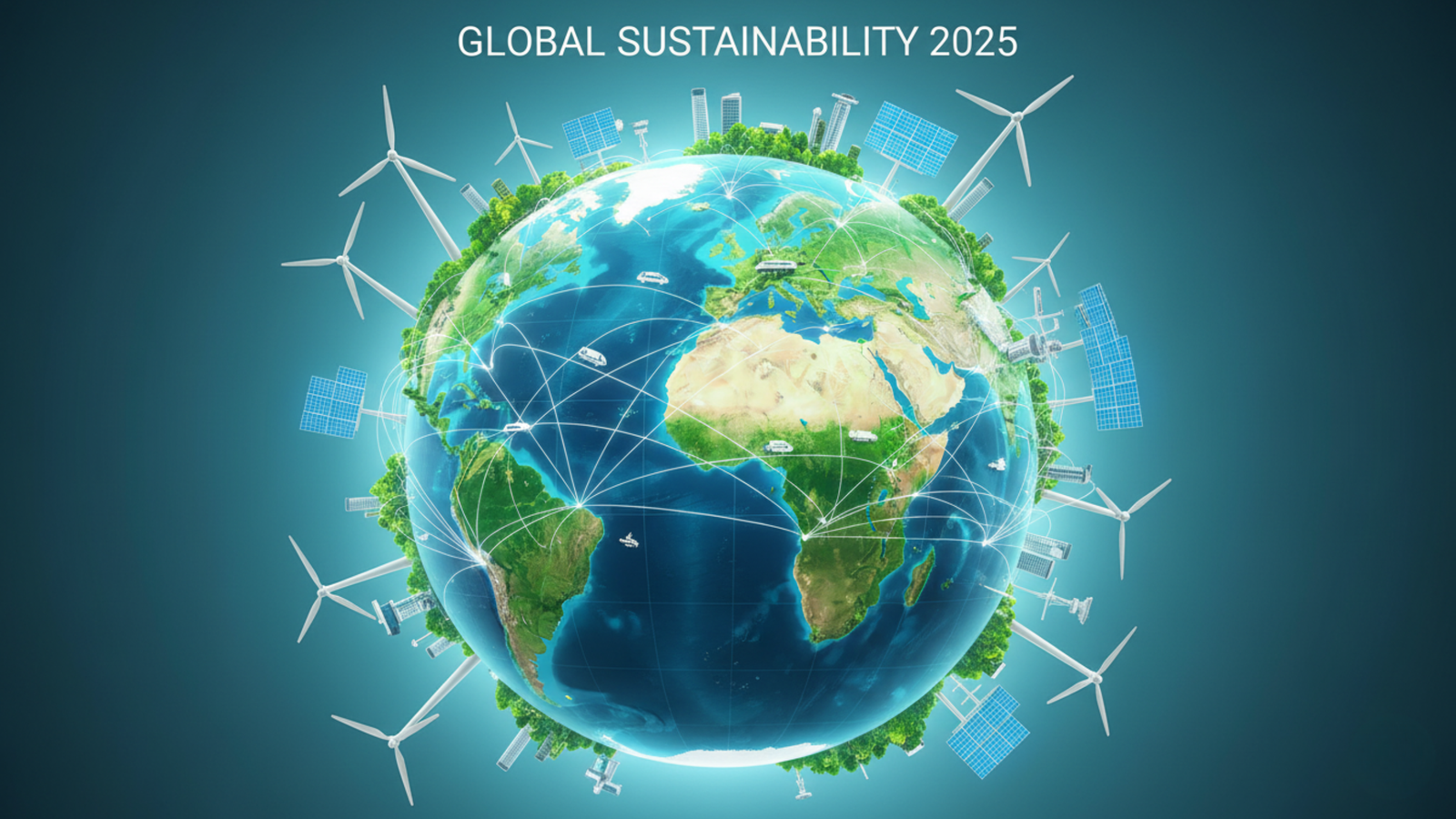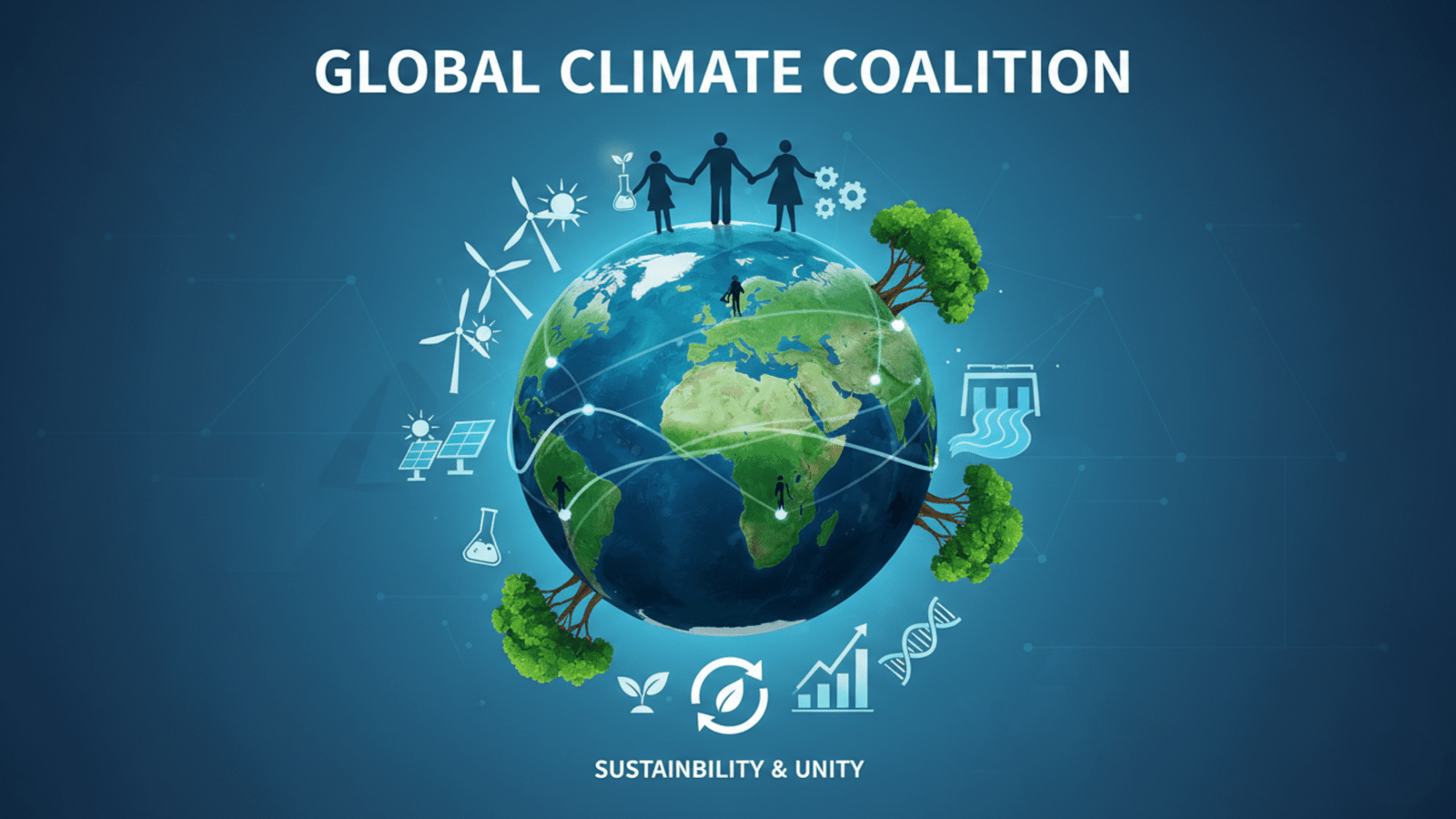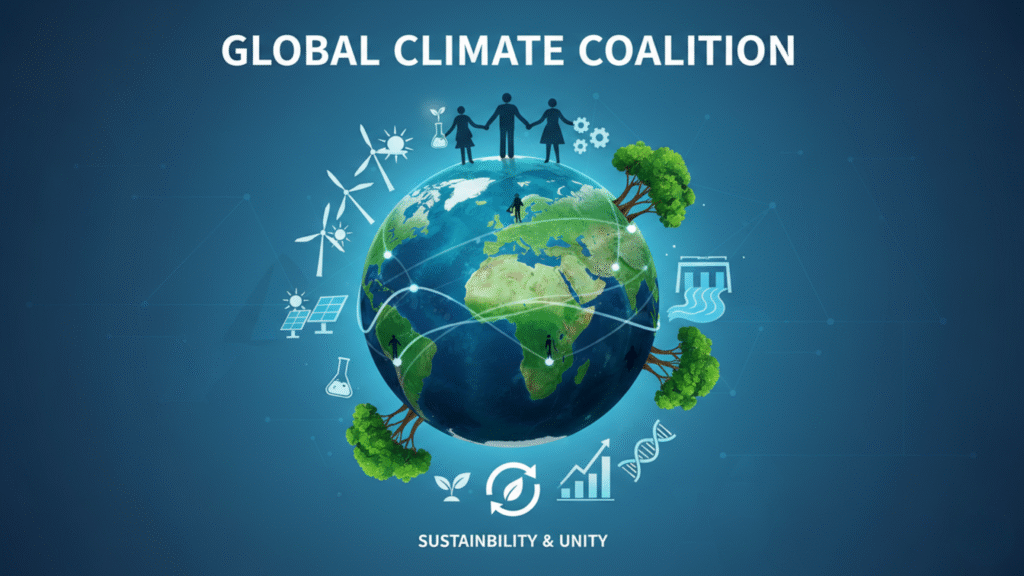COP30 in Belém: The World’s Next Big Climate Test

By Isse Abdikarim Shaiye
Salmurux News Media | October 2025
Introduction: A Planet on the Edge
In November 2025, the world will converge on Belém, Brazil, for the United Nations Climate Change Conference (COP30) — a meeting that could determine the trajectory of our planet for generations.
As rising temperatures, catastrophic floods, and worsening droughts dominate headlines, global leaders, scientists, and activists are under pressure to move from promises to measurable action.
COP30 is not just another diplomatic gathering; it’s the next critical checkpoint in the global effort to keep temperature rise below 1.5°C, as pledged under the Paris Agreement.
The stakes have never been higher — and the expectations have never been clearer.
A Decade After Paris: Where the World Stands
When nations signed the Paris Agreement in 2015, the promise was bold: limit global warming and achieve net-zero emissions by mid-century.
Ten years later, progress has been uneven.
- Global emissions continue to rise, reaching record highs in 2024.
- Only a handful of countries — including the EU, UK, and a few Pacific Island states — are on track to meet their commitments.
- Climate finance for developing nations remains far below promised levels, despite renewed pledges at COP29 in Baku.
According to the latest UN Emissions Gap Report, current policies put the planet on course for a 2.7°C temperature rise — a scenario that would devastate coastal cities, strain food systems, and displace hundreds of millions of people.
Why COP30 Matters
COP30 in Belém is a pivotal moment for several reasons:
- The Second Round of Nationally Determined Contributions (NDCs):
All countries must submit enhanced climate action plans ahead of COP30. These updated NDCs are expected to include tougher emission-reduction targets and stronger adaptation measures. - The New Climate Finance Goal:
Following the Baku Agreement, developed countries committed to a New Collective Quantified Goal on Climate Finance (NCQG) — starting at $300 billion annually and scaling up to $1.3 trillion per year by 2035.
COP30 must define how that money will be mobilized, monitored, and fairly distributed. - The Amazon Factor:
Hosting the conference in Belém — the gateway to the Amazon Rainforest — sends a powerful signal. Protecting the Amazon is not just a regional issue; it’s central to global climate stability.
Brazil’s Leadership and the Symbolism of Belém
Brazil, under its current leadership, has reemerged as a climate champion, positioning itself at the intersection of environmental stewardship and economic growth.
President Luiz Inácio Lula da Silva has pledged to make COP30 a “people’s COP,” emphasizing inclusion, Indigenous rights, and the protection of biodiversity.
The Amazon’s fate — long seen as a global climate barometer — will take center stage.
Hosting COP30 in Belém is more than logistical; it is symbolic. It brings the climate conversation to one of Earth’s most vital ecosystems and highlights the people who live closest to both the solutions and the dangers.
Finance, Fairness, and the Fight for Climate Justice
No climate agreement will succeed without addressing the question of equity.
Developing nations argue that they are paying the highest price for a crisis they did not cause. Droughts in Africa, cyclones in Asia, and rising seas in the Pacific are devastating livelihoods while industrialized nations still struggle to meet their finance pledges.
At COP29, the UNFCCC agreed on a framework for the Loss and Damage Fund — designed to compensate nations suffering irreversible harm. However, only a fraction of the pledged funds have been delivered.
As COP30 approaches, developing nations will push for:
- Faster disbursement of the Loss and Damage Fund
- Easier access to green finance
- Debt relief linked to climate performance
- Fairer trade and technology partnerships
As Dr. Amina Diop, a climate economist from Senegal, notes:
“Climate justice is not charity — it’s fairness. Without it, there is no global trust and no lasting solution.”
The Global Stocktake: Accountability in Focus
The Global Stocktake (GST) — a two-year review of worldwide progress under the Paris Agreement — concluded in 2024.
The results were sobering: most countries are off track.
COP30 will be the first summit to integrate those findings into new policies. Governments must answer difficult questions:
- How much progress has truly been made since Paris?
- What structural changes are needed to meet 2030 and 2050 targets?
- How will accountability be enforced when countries fail to deliver?
Transparency, data reporting, and verification will dominate negotiations in Belém.
Technology and Innovation: Hope Through Solutions
Despite grim data, there is cause for optimism.
Global investment in renewable energy reached $1.8 trillion in 2024, with record growth in solar and wind capacity.
Innovations in green hydrogen, carbon capture, and battery storage are accelerating faster than predicted.
In Africa and South America, new initiatives are connecting renewable energy with community empowerment:
- Kenya’s Turkana Wind Farm now powers more than 2 million homes.
- Brazil’s energy transition plan aims for 80% renewable electricity by 2030.
- Morocco and Chile are emerging leaders in solar hydrogen production.
Belém could mark the moment when developing nations not only participate in but lead the green transition.
The Role of the Private Sector
The private sector is no longer a bystander in climate policy.
From sustainable finance to carbon markets, businesses are redefining how economies can align with environmental goals.
Key trends shaping COP30 discussions include:
- Corporate net-zero pledges: Over 6,000 companies have set 2050 targets.
- Green bonds and ESG investment: Global issuance exceeded $1 trillion in 2024.
- Carbon credit reforms: Stricter transparency rules to prevent “greenwashing.”
However, skepticism remains about how meaningful these commitments truly are. Critics say that without global regulation and clear accountability, voluntary corporate pledges risk becoming a new form of climate PR.
Adaptation and Local Resilience
While mitigation dominates headlines, adaptation is life or death for millions.
From the Horn of Africa to Southeast Asia, the realities of droughts, floods, and food insecurity demand urgent attention.
At COP30, expect strong pressure for:
- A dedicated Adaptation Fund 2.0, with simplified access for local governments.
- Integration of early warning systems and disaster-risk finance into national plans.
- Support for Indigenous and community-based climate solutions.
Local voices, particularly from small island and African nations, will remind negotiators that adaptation is not a luxury — it’s survival.
The Youth and Civil Society Factor
Belém will also amplify youth movements, scientists, Indigenous leaders, and climate justice activists.
Young people are demanding accountability, transparency, and inclusion in decision-making.
Social media will play a central role in shaping global narratives from the Amazon.
Movements such as Fridays for Future, Loss and Damage Youth Coalition, and Amazon Watch are already mobilizing campaigns to pressure leaders for real outcomes.
Challenges Ahead
Even with high expectations, COP30 faces familiar hurdles:
- Geopolitical tensions may overshadow cooperation.
- Energy security concerns could delay fossil-fuel phase-outs.
- Climate misinformation continues to undermine public trust.
- The gap between pledges and implementation remains vast.
But history shows that progress often begins with pressure. Every global climate milestone — from Kyoto to Paris to Glasgow — began with tough negotiations and bold ideas.
Conclusion: The Time for Action Is Now
COP30 offers one last opportunity before 2030 to realign global policy with climate reality.
If leaders rise to the occasion, Belém could be remembered as the moment humanity chose action over delay, cooperation over division, and hope over apathy.
As the Amazon’s rivers flow past the COP30 venue, they carry a message:
We cannot negotiate with nature — only with ourselves.
The world will be watching.
And at Salmurux News Media, we will be there — reporting from Belém, tracking the pledges, and amplifying the voices that matter most






One thought on “COP30 in Belém: The World’s Next Big Climate Test”